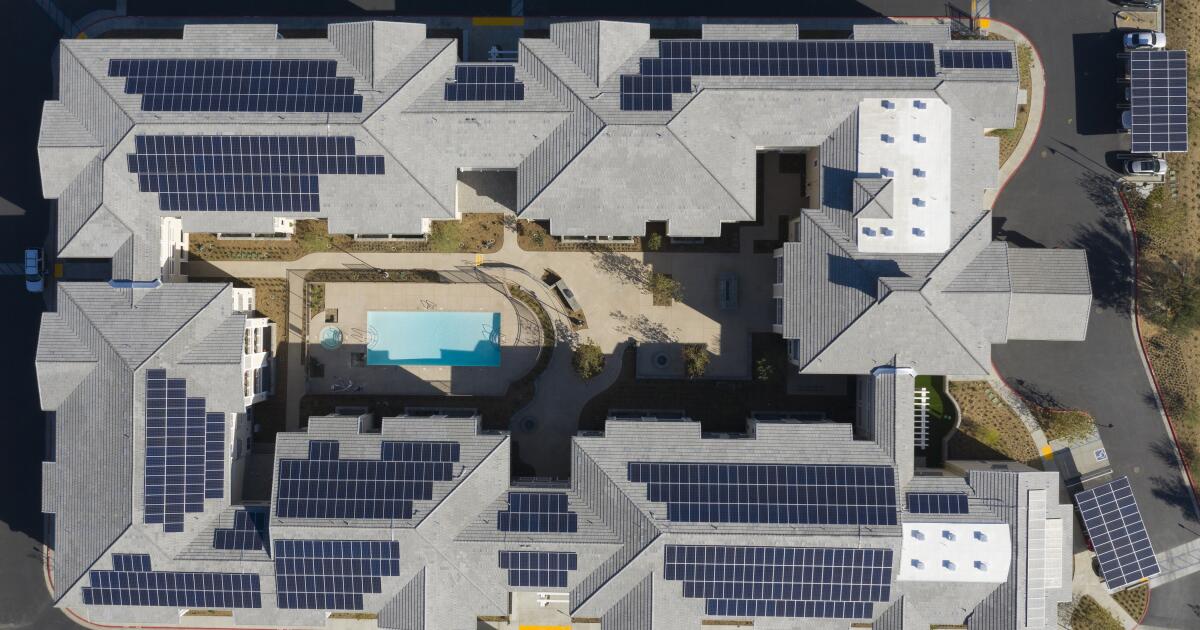Thought some more about this. I think that the actual answer is actually simpler (and worse):
A Tesla 4.8KW solar array with 2 PW after incentives: $21,000
Production of said solar array over 20 years: 4.8 x 1500 KWh/year/KW x 20 years = 144,000 KWh
Total monthly fees over 20 years: $8 x 4.8 x 20 x 12= $9,216 (and that fee will go up....)
So total costs to go solar: ~$30,000
Assuming 2/3 self consumption, 1/3 export, the savings from the install:
Self consumption: $0.25 x 144,000 x 2/3 = $24,000
Export: $0.05 x 144,000 x 1/3 = $2,400
Total savings $26,400
Now, same install, but no PW: Tesla solar array cost after incentives $8,200
Same 144,000 KWh production, same $9200 fixed monthly fees. Total costs over 20 years: $17,400
Self consumption: 10%. Export 90%. Savings:
Self consumption: $0.25 x 144,000 x 1/10 = $3,600
Export: $0.05 x 144,000 x 9/10 = $6,480
Total savings $10,080
Unless my math is wrong (and it well could be), the ROI is negative under either situation. No idea why anybody would buy solar.



